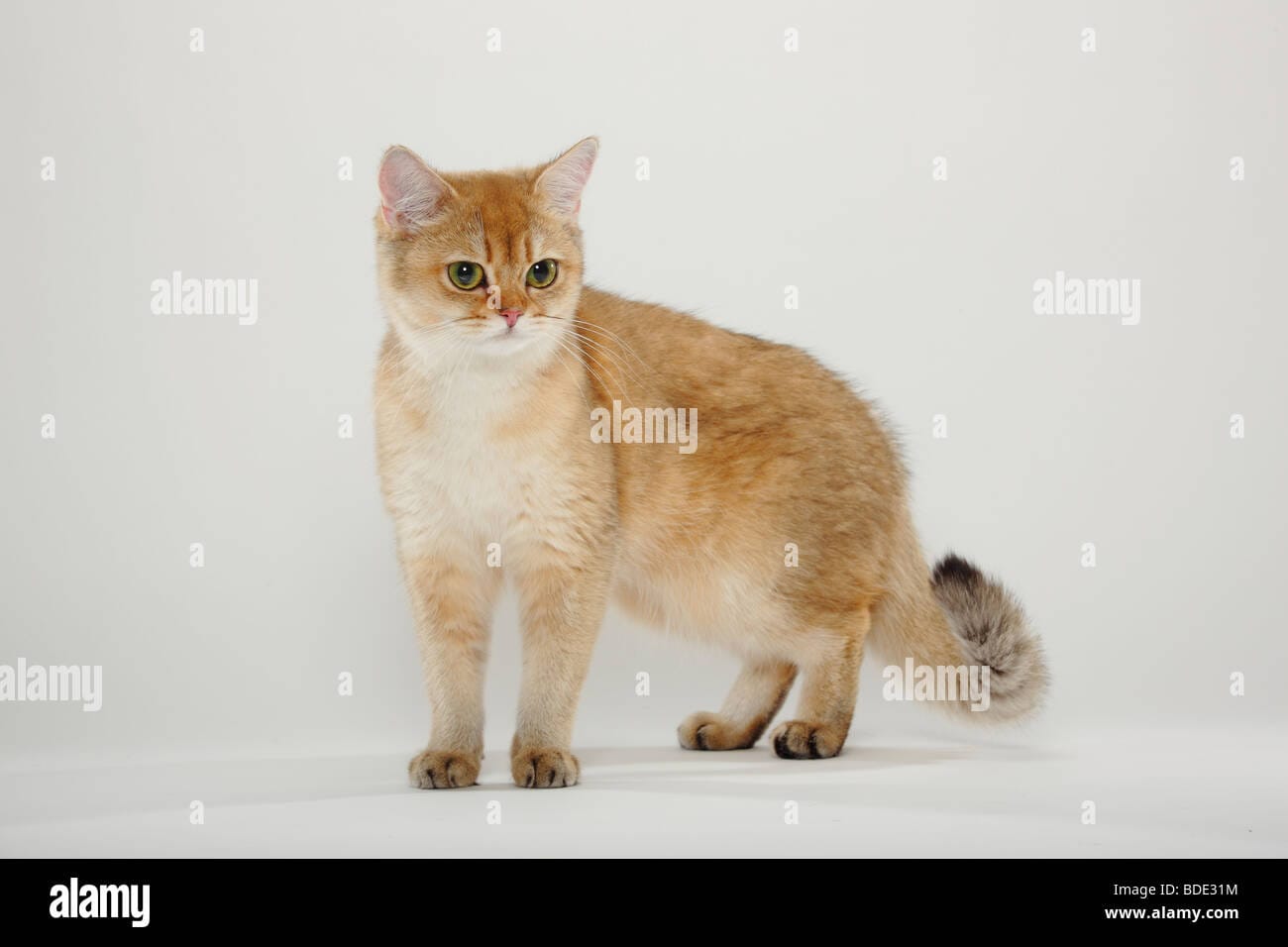The Enigmatic Ticked Tabby Coat
Ever been mesmerized by a kitten that seems dusted with cinnamon or pepper? You’ve likely encountered the enchanting ticked tabby. Their coat, unlike the bold stripes of a typical tabby, resembles a finely woven tapestry. This unique appearance is thanks to the agouti gene, which paints each hair with multiple bands of color, creating a subtle, shimmering effect. A faint “M” on their forehead—a common tabby marker—often peeks through, but the rest of their coat is a masterpiece of delicate ticking.
The Agouti Gene: The Master Artist
All domestic cats carry the tabby gene, the blueprint for stripes. Ticked tabbies, however, possess the remarkable agouti gene. This gene orchestrates pigment distribution along each hair, crafting the distinctive ticking and often masking other tabby markings. This suggests the agouti gene’s influence has likely strengthened over generations. Are you struggling to identify the culprit behind those mysterious droppings? Discover the key differences and learn how to distinguish between squirrel vs rat droppings.
Abyssinian and Somali: Royalty of the Ticked Tabby World
Breeds like the Abyssinian and Somali reign supreme in the ticked tabby world. Their consistently ticked coats offer a glimpse into the fascinating realm of feline genetics. Intrigued by the enigmatic striped raphael catfish? Delve into the captivating world of this unique aquatic creature and learn more about the striped raphael catfish.
Growing with Grace: Kitten Development
Ticked tabby kittens aren’t born with their full ticking; the pattern emerges and intensifies as they mature. It’s a captivating transformation, akin to watching a painting come to life.
Subtle Variations: Nature’s Palette
The agouti gene exists in various forms, called alleles. These alleles interact to create a spectrum of ticking patterns—from dense to sparsely sprinkled. Within breeds like the Abyssinian and Somali, subtle color variations arise, ranging from warm reddish hues to cooler bluish tones, showcasing the diverse artistry of the agouti gene.
Tabby Tales: Dispelling the Myths
“Tabby” denotes a coat pattern, not a breed. All domestic cats, even those with solid coats, carry the tabby gene, a testament to their shared ancestry.
The Future of Ticked Tabby Research
Ongoing research delves into the complexities of coat genetics. Scientists are exploring the intricate dance of genes influencing coat color and pattern, seeking to understand the full story behind the ticked tabby’s unique appearance. Future discoveries may unveil further subtleties within this captivating coat.
Are Ticked Tabbies Rare?
The ticked tabby’s speckled coat, a masterpiece of the agouti gene, distinguishes them from their more boldly patterned relatives. But does their unique appearance translate to rarity?
Unraveling the Mystery of Rarity
The dominant agouti gene (Ta) orchestrates the ticked tabby’s unique look. Its dominance over the mackerel tabby gene might lead one to expect a higher prevalence of ticked tabbies. Yet, they are less common than other tabby patterns, especially among random-bred cats. This suggests other factors, perhaps modifying genes or environmental influences, may be at play. Further research is needed to fully unravel this genetic enigma.
Identifying the Ticked Tabby
Look closely at the fur. Instead of prominent stripes or swirls, you’ll see a fine, speckled pattern. This “ticking,” a delicate dusting of color, is the hallmark of the ticked tabby. The Abyssinian, with its dense ticking, provides a classic example. Subtle clues like agouti hairs around the face and a lighter belly compared to the back further aid identification.
Where to Find These Unique Felines
While not common in the general cat population, ticked tabbies are the stars of certain breeds. The Abyssinian, often called the “tabby Aby,” and its long-haired cousin, the Somali, are the quintessential ticked tabby breeds. In other breeds, the ticked pattern is a delightful, albeit less frequent, occurrence.
Caring for Your Ticked Companion
Caring for a ticked tabby is akin to caring for any other shorthaired cat. Regular brushing helps maintain their vibrant coat and prevents matting. Remember, “tabby” refers to a coat pattern, not a breed, so basic care needs remain consistent. Provide a nurturing environment, and your ticked tabby will flourish.
What Are Ticked Tabbies?
Ticked tabbies, with their distinctive salt-and-pepper coats, stand out in the feline world. Let’s delve deeper into what makes them unique.
The Distinctive Ticked Coat
The agouti gene is the architect of this fascinating coat. It dictates pigment distribution within each hair shaft, creating the alternating light and dark bands that define the ticked appearance. This contrasts sharply with the stripes and swirls of other tabby patterns. This subtle camouflage probably provided an advantage to their wild ancestors.
The Agouti Gene and Its Intricate Influence
The agouti gene doesn’t work in isolation; it interacts with other genes that can modify ticking intensity and even suppress typical tabby markings. This complex interplay creates the diverse variations seen in ticked tabby coats. Current research continues to explore these intricate genetic mechanisms.
Distinguishing Ticked Tabbies
While all tabbies share the ‘M’ marking on their forehead, the ticked pattern sets itself apart. The classic tabby swirls like marble cake, the mackerel tabby stripes like a fish skeleton, and the spotted tabby boasts leopard-like spots. The ticked tabby, however, whispers elegance with its subtle ticking and occasional “ghost stripes” hinting at an underlying tabby pattern, usually mackerel.
Breeds and Care
Several breeds, notably the Abyssinian, Somali, and Singapura, frequently showcase this striking coat. Within these breeds, ticking expression varies. Regular brushing keeps their unique coat gleaming, but overall care is much the same as for other short-haired cats. Focus on nutrition, fresh water, vet check-ups, and a stimulating environment.
How Much Are Ticked Tabby Cats?
Ticked tabbies, with their captivating coats, vary in price based on several factors. Let’s explore the costs involved in welcoming one of these unique felines into your life.
The Price: A Multifaceted Equation
The price of a ticked tabby kitten is influenced by lineage, breeder practices, and coat quality. Pedigreed cats, particularly Abyssinians and Somalis, command higher prices, especially those with champion bloodlines. Ethical breeders who prioritize health and well-being also charge more. A vibrant, well-defined ticking pattern adds to a kitten’s desirability and, potentially, its price. Kittens are generally pricier than adult cats.
Price Ranges: A General Guideline
- Animal Shelter (Ticked Tabby Mix): $50 – $200
- Breeder (Pedigreed Abyssinian/Somali): $800 – $2,000+
These are estimates, and actual prices fluctuate based on location, breeder, and individual kitten.
The Ongoing Investment
Beyond the initial purchase, factor in ongoing costs like high-quality food, regular vet care, and essential supplies.
Finding Your Ticked Companion
Adoption offers a cost-effective way to provide a loving home to a deserving ticked tabby mix. For specific breeds, research reputable breeders who prioritize health and temperament. Ask questions, visit facilities (if possible), and ensure ethical breeding practices.
The Ticked Tabby Pattern: Not Inherently Rare
The agouti gene responsible for the ticked pattern is relatively common. However, it’s the signature look of the Abyssinian and Somali breeds, making them synonymous with this striking coat. Other breeds can display ticking, but it’s less prominent or combined with other tabby patterns. Variations in the agouti gene likely contribute to these differences.
A Treasured Companion
Caring for a ticked tabby is similar to caring for any other shorthaired cat. Regular brushing maintains coat health, and providing a stimulating environment with love and attention ensures a thriving, happy companion.
- Unlocking Francis Alexander Shields’ Finance Empire: A Comprehensive Biography - July 12, 2025
- Unveiling Francis Alexander Shields: A Business Legacy - July 12, 2025
- Francis Alexander Shields’ Business Career: A Comprehensive Overview - July 12, 2025
















1 thought on “Decoding the Ticked Tabby Kitten: Unveiling Their Unique Coat & Care”
Comments are closed.